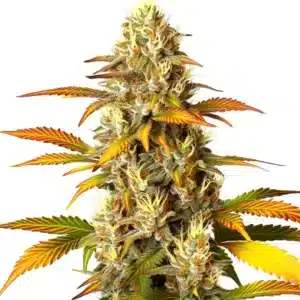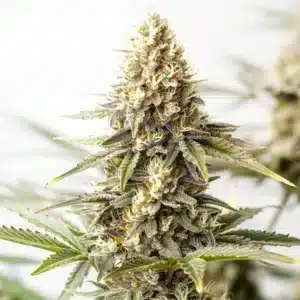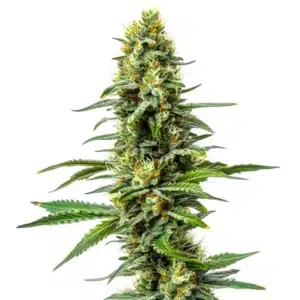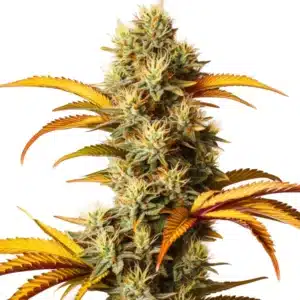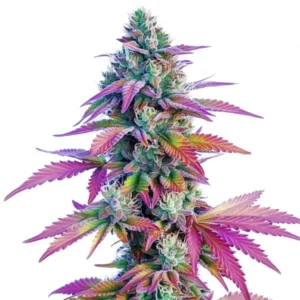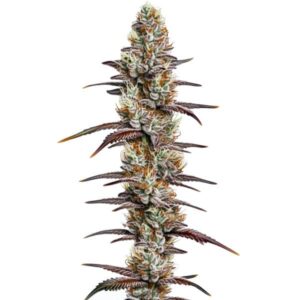
Are Cannabis Plants Perennial? Exploring Growth Cycles
Basic Plant Life Cycle Concepts
Annual vs. Perennial Definitions
Marijuana plants, commonly referred to as cannabis, are generally considered annuals. In other words, they grow from seed, mature, flower, and die all within a single growing season. Although it’s possible to extend their life with careful cultivation and controlled environments, cannabis is not a true perennial by nature. Its typical growth cycle is designed to be completed in just one year.
Marijuana (Cannabis) is generally not classified as a perennial plant, especially in most climates. Instead, it’s typically grown as an annual, completing its full life cycle, from seed to harvest to death, within a single year. Even though certain strains may survive longer in tropical or consistently warm environments, they still behave like annuals under natural conditions. While growers can extend a plant’s life through cloning and advanced cultivation methods, this doesn’t make cannabis a true perennial by nature.
Recommended Strains
Cannabis plants exhibit distinct growth patterns that set them apart from other flora. Many gardeners debate whether are cannabis plants perennial when they observe the plants complete their cycle within a single season or thrive again with renewed vigor. Annual plants complete their cycle in just a few months by sprouting, blooming, seeding, and then fading away quickly. Perennial plants, on the other hand, benefit from a lasting existence, regenerating from their roots each year and offering a more sustainable yield.
Farmers and hobbyists cherish these growing habits because they influence plant care decisions. Gardeners often compare seasonal patterns and daily care techniques while they plan future cultivation strategies. They experiment by altering environmental parameters and carefully selecting planting times to maximize the plant’s potential.
Life Cycle Phases of Cannabis
Cannabis plants undergo a series of clearly defined stages that guide their development. They start with seed germination, then move into the seedling stage, followed by a period of rapid leaf and stem growth in the vegetative phase. Soon after, the plant embarks on the blooming period when it forms fragrant buds ready for harvest. Each stage excites cultivators because these changes affect both plant vigor and productivity.
Farmers schedule precise care methods for each phase. They adjust watering, nutrient supply, and lighting during the seedling phase and later intensify attention during the flowering period to encourage robust growth and healthy bud formation. They constantly evaluate growth to improve future planting practices.
Botanical Classification of Cannabis
Cannabis falls under the Cannabaceae family and includes multiple species with diverse characteristics. Growers classify plants into species such as Cannabis sativa and Cannabis indica, along with a wide variety of hybrids. This classification sparks creativity among cultivators who experiment with crossbreeding techniques to optimize growth habits and plant performance.
Enthusiasts study genetic trends to foresee crop behavior and enhance flavor profiles. They exchange insights and success stories about genetic variations to fine-tune cultivation methods. Such conversations lead to richer harvests and innovative cultivation strategies.
Promos & Deals
Environmental Influences on Longevity
Climate and Growing Conditions
The ambient climate significantly affects each plant’s growth and survival. Many growers decide to cultivate cannabis outdoors when warm, sunny days foster rapid development. Mild winters and consistent sunlight push gardeners to explore the natural resilience of plants. They adjust planting dates and manage outdoor conditions to encourage a vigorous cycle.
Farmers actively monitor temperature shifts and sunlight hours. They arrange protective coverings and strategically position plants to catch more light when needed. This hands-on approach yields a remarkable contrast between thriving crops and those struggling to compete.
Effects of Soil and Water Quality
Nutrition begins in the soil and proceeds when water nourishes the roots. High-quality, well-draining soil supplies essential nutrients while clean water helps the plant absorb vital minerals. Cultivators mix organic matter to create a healthy habitat, thereby stimulating robust root growth and improved yield. Gardeners often test water supplies to prevent any harmful contaminants from interfering with the plant’s progress.
Farmers use nutrient-rich compost and natural fertilizers to give their crops a strong foundation. They invest time in soil care and provide water with balanced minerals to ensure a dependable growing system. Their constant adjustments guarantee that plants receive the best start possible.
Function of Seasonal Changes
Seasonal transitions impact cannabis growth as the weather shifts from one period to another. Smart growers recognize that each season calls for precise adaptations in plant care. They schedule planting times to match warmer temperatures and later adjust routines as the cool months approach. Gardeners find that these changes encourage healthy flowering and reliable production.
Farmers observe weather patterns day by day. They transfer indoor seedlings to outdoor gardens once the risk of frost diminishes. Their careful timing directly influences productivity and helps manage the crop cycle effectively. Many people ask if are cannabis plants perennial when nature provides the right conditions for continuous renewal. Gardeners actively harness the energy of seasonal shifts to extend the lifespan of their plants.
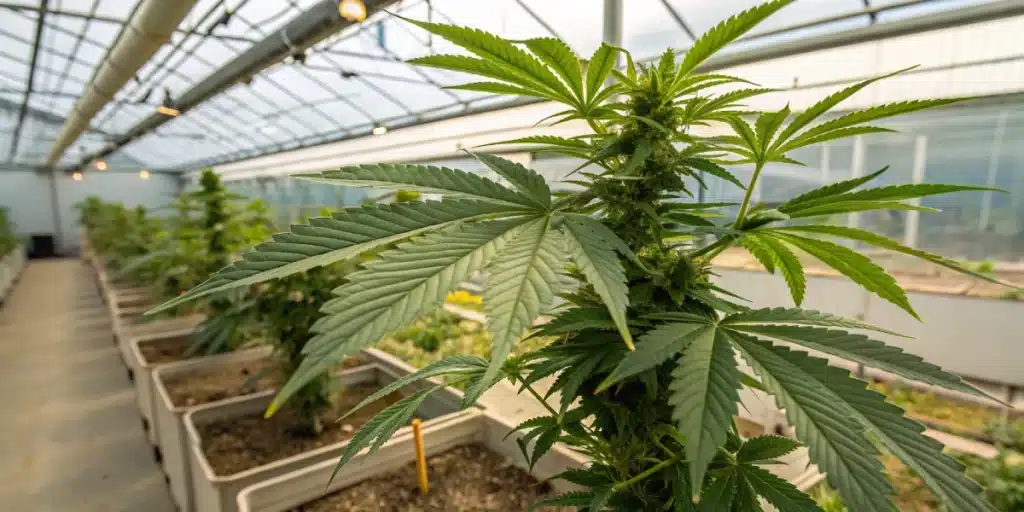
Genetics and Breeding Considerations
Hybridization and Genetic Variation
Hybridization excites cultivators because it combines diverse traits that enrich plant behavior. Gardeners intentionally cross strains to craft offspring that withstand weather challenges while offering abundant harvests. These experiments produce plants with refined characteristics that impress even the most demanding growers. They exchange tips and records of successful pairings in forums and local groups.
Breeders encourage genetic diversity by studying lineage charts and environmental adaptability records. They adjust crossbreeding strategies and celebrate mixtures that produce robust and enduring plants. Their hands-on trials lead to valuable improvements over time.
Breeding for Longevity Traits
Developers concentrate on enhancing longevity characteristics by selecting plants that resist diseases and harsh weather. They emphasize breeding programs that focus on features like drought tolerance and nutrient efficiency. Gardeners relay anecdotal experiences in cultivation circles, validating that strategic mating can extend a plant’s growing seasons. They track changes and maintain detailed logs of breeding outcomes.
Each breeding experiment offers measurable outcomes. Farmers choose mother plants with vigorous attributes and repeatedly test the new variations in controlled plots. Their active involvement in each stage drives exciting improvements in crop durability and quality.
Case Studies of Long-Lived Strains
Real-world examples inspire both seasoned growers and newcomers. Case studies illustrate strains that flourish through multiple seasons, defying expectations and boosting growers’ confidence. Enthusiasts remember instances where traditional landrace strains survived extreme climates and delivered stable yields. They recount these events with enthusiasm during local meetups and online groups.
Farmers praise specific genetic lines known for enduring vigor and repeatable harvests. They detail experiments in which particular strains showed a rare ability to regenerate without major intervention. Their shared experiences help others identify promising plant varieties and improve cultivation choices. Many avid growers often ask, in effect, are cannabis plants perennial while weighing the benefits of carefully selected genetics. These insights foster ongoing innovation and smarter planting decisions.
Cultivation Practices and Management
Techniques for Prolonging Life Cycles
Proactive gardeners invest extra time to extend the productive period of each crop. They explore modern methods that rejuvenate cannabis plants and keep them active year after year. Techniques such as cloning and periodic transplanting enable farmers to give plants a refreshed start. These measures help maintain consistent quality and yield throughout successive seasons.
Farmers remain hands-on and adjust their daily routines to secure a robust life cycle. They replicate successful plants with cloning and move specimens to improved soil environments. Their energetic practices invigorate each growth phase and produce remarkably resilient plants.
Maintenance Methods for Perennial Growth
Successful cultivation depends on regular care and a firm commitment to daily routines. Gardeners perform timely watering, apply essential nutrients, and intervene early at the slightest sign of disease. They schedule frequent checks to ensure each plant absorbs the right minerals and water at the correct moments. Effective maintenance practices create an environment where plants exhibit sustained vigor.
Agricultural enthusiasts use clear routines and step-by-step checklists to prevent issues before they escalate. They adjust nutrient mixes and watering schedules based on seasonal feedback. These proactive measures guarantee that every plant stands a better chance to thrive continuously.
Pruning and Nutrient Management
Regular trimming stimulates vigorous growth and prevents overcrowding in the garden. Growers trim excess branches to reveal healthy buds and encourage fresh sprouting. They combine precise pruning with well-timed nutrient supplements to drive productivity in every cycle. Gardeners note that careful cutting and targeted feeding foster robust fruiting and a balanced structure throughout the plant.
Farmers schedule regular trimming sessions to remove unproductive parts and boost access to sunlight. They enrich the soil with natural fertilizers and monitor every plant’s response closely. Their attentive care strengthens each plant’s overall performance and helps secure a longer production phase. Some dedicated experts often question if are cannabis plants perennial as they manage a blend of these advanced cultivation techniques. Their active and attentive practices continuously yield impressive results.
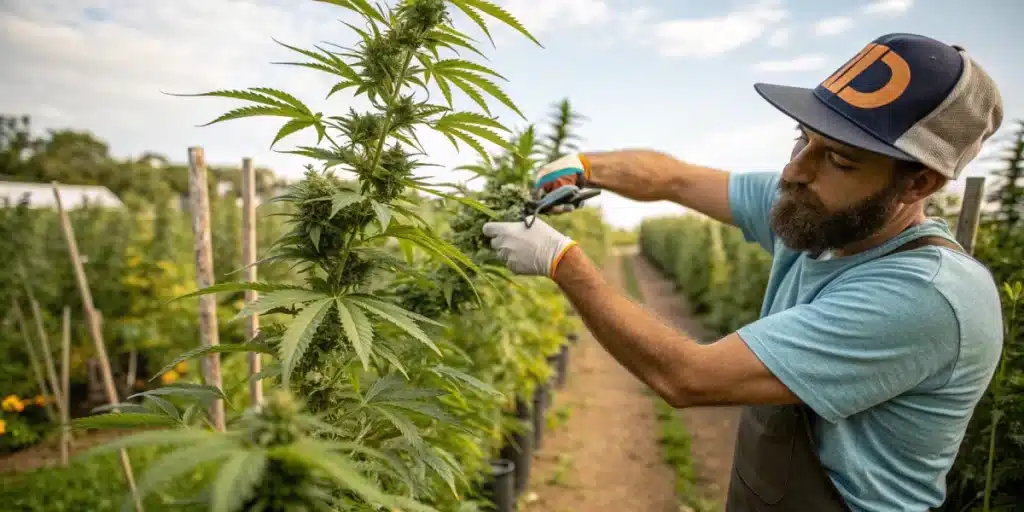
FAQs about are cannabis plants perennial
Can cannabis plants live for multiple years under ideal conditions?
Growers and experts share that cannabis plants can sustain life over multiple years when they receive attentive care and proper environmental conditions. They nurture seedlings in a controlled setting, offer regular water and nutrient checks, and use greenhouse techniques to eliminate external threats. This hands-on approach fosters resilience and allows each plant to maintain its liveliness through successive seasons.
What factors determine the longevity of a cannabis plant?
Direct care and favorable conditions dictate how long a cannabis plant thrives. Gardeners consider various aspects such as genetic makeup, soil quality, water purity, and light exposure when they plan their cultivation methods. Each factor affects the plant’s ability to withstand seasonal changes and adverse weather conditions. Active measures, like nutrient balancing and environmental adjustments, play a critical part in boosting longevity.
How do cultivation practices affect cannabis life cycles?
Attentive farming practices actively shorten or extend the lifespan of cannabis plants. Growers use creative methods such as selective pruning, timing nutrient applications, and managing light to keep plants in a continuous cycle of renewal. They study daily performance and adjust routines swiftly when needed. This persistent attention creates a cycle of vigor and productivity in each specimen.


